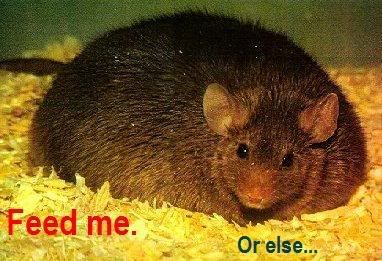No, it’s not because they would much rather be making their man a sandwich in the kitchen, it’s because of their treatment at an early age. I think that all of us will remember those old-fashioned PE lessons where some old man/woman who obviously couldn’t teach would scream and yell things at the fat kids because they couldn’t bench press one of their peers over the banister of the stairs. And this is apparently what has put many girls off of sport.

The research carried out by Loughborough University measured the differences in attitudes to sport between girls and boys. The figures showed that around 60% of girls and boys aged eight did at least five hours of exercise each week.
However, for 14-year-old girls this had been halved down to 31%, whereas 50% of 14-year-old boys completed at least five hours of exercise a week. In other words, this means that girls are generally being put off sport by the time they reach the middle of their high school education.
Common complaints included things like many girls weren’t confident of their sporting ability in PE lessons, they didn’t like exercising in front of boys, and they felt that teachers generally didn’t pay attention to those with less sporting ability.
All of these things are valid complaints as we all know that those who are useless at the conventional sports, such as hockey and football, are going to be laughed at by their peers. This only leads to a lack of self-confidence and a reduction in their desire to continue with sports of any kind.
Let’s look at another complaint. They don’t like exercising in front of boys. In the past this wouldn’t be a problem as being a gentleman was more of the done thing. That doesn’t happen now because now you have sex-charged maniacs who think that it’s ok to sexually harass members of the female gender. I’m not talking about rape or anything physical, I’m talking about the verbal abuse and the other comments that girls all around the world, and of all ages, have to put up with on a near daily basis.
And finally, the fact that teachers generally won’t pay attention to those girls who are no good at sport is something that has persisted for generations. The only way many of these teachers can motivate those who are not interested is to scream at them, and that only pushes them further away. The solution to this problem is that you need to find teachers who can actually teach PE lessons, as screaming is the sign of a teacher who can’t teach without descending to the motivational techniques of the white supremacist who drives a vehicle to work which runs off the bodies and broken dreams of an African-American family.

As the research suggests, people need to accept that not everybody is interested in competitive sports. But it’s still important to remain as fit as possible, and this doesn’t have to come as a result of competitive sports. Walking, cycling, and dance classes are all perfectly valid forms of exercise.
Moving away from the main point, though, I will admit that the reduction in the number of people carrying out regular exercise is going to be partially down to the fact that our society isn’t one that encourages physical activity. Most of the technical advances of the last 30 years have been great, but they have also been simultaneously directing people towards doing less physically.
So all of this can’t be put at the feet of what happens in schools.









